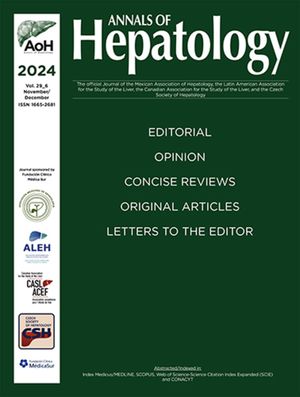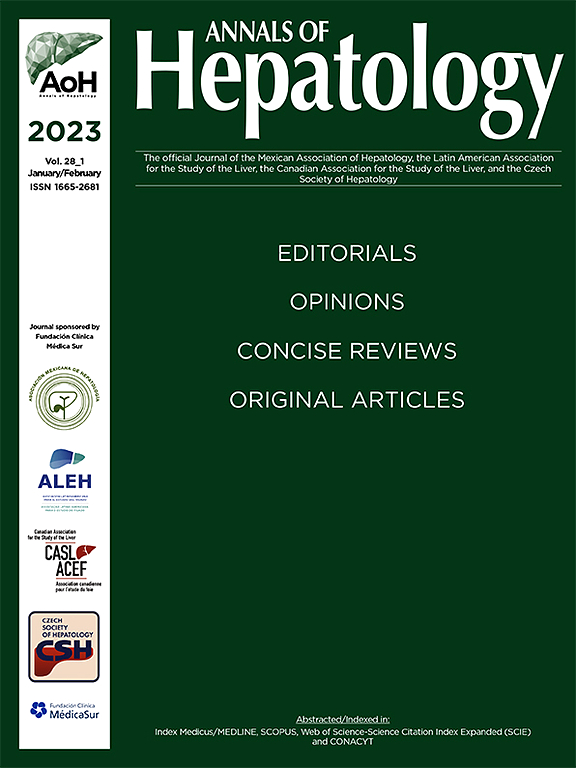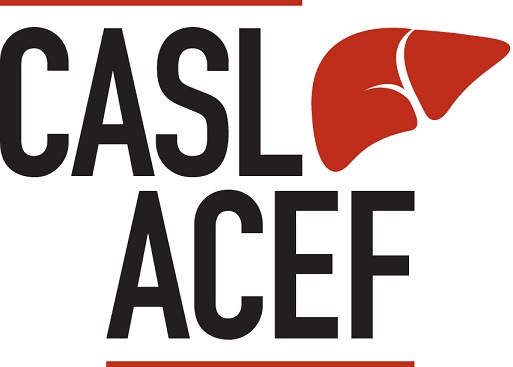
Abstracts of the 2023 Annual Meeting of the ALEH
More infoMetabolic associated fatty liver disease (MAFLD) is a metabolic and liver disorder with a prevalence of 30% and with significant potential to progress to hepatic steatosis, nonalcoholic steatohepatitis (NASH), fibrosis, cirrhosis and hepatocellular carcinoma. Visceral obesity is a risk factor for MAFLD and associated with disease severity. Previous studies have shown that anthropometric measures such as body mass index (BMI), neck circumference (NC), waist circumference (WC), waist-hip ratio (WHR) and body fat percentage (%BF) are predictors of MAFLD. We aimed to assess the prevalence of MAFLD and the role of anthropometric measurements as predictors and its association with liver fibrosis.
Materials and MethodsAdults over 18 years old assisted in Antonio Pedro´s University Hospital, with risk of MAFLD (pre-diabetes, diabetes mellitus, metabolic syndrome, and obesity). Patient's clinical information, anthropometric, metabolic profiles were assessed. Non-invasive assessment of MAFLD was performed by ultrasound, elastography and bioelectrical impedance analysis (BIA).
ResultsThe group consisted of 73 subjects with 80.8% females. All data are presented as median (IQR) or n (%). Median age was 63 (53-67) years. The prevalence of obesity was 57.5%. Higher diabetes and dyslipidemia (69.8% and 65.7%, respectively). Hepatic steatosis was present in 79.4% of patients. Higher averages for the anthropometric measures that reflect visceral body fat were observed: NC 37.1 cm; WC 104.5 cm; BMI 31.4 kg/m2 in individuals with hepatic steatosis than those without the disease (NC median 35.7 cm; WC 95.5 cm; BMI 25.7 kg/m2). The frequency of liver fibrosis (F 2) was 23.2%. Anthropometric measures had no association with fibrosis, except % BF measure calculated by the BIA (p< 0.02).
ConclusionsAnthropometric measurements of visceral obesity, demonstrate to be an important risk factor for MAFLD. BIA a non-invasive and easily carried out method, could be useful as a screening test to identify individuals with MAFLD.









